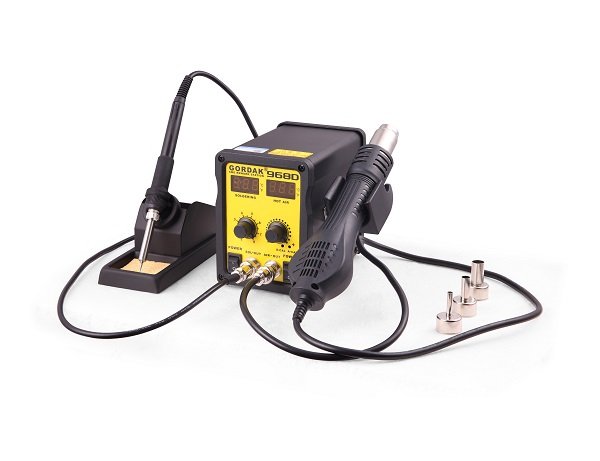Welding remains one of the oldest arts in history. Its history has been traced back as far as the iron age. However, as the world progresses and technology improves day by day, there have always been advancements in the power supply or source needed to propel the welding activity.
Not many people know and understand the significance of having the correct and appropriate welding power supply.
Choosing the right welding power supply helps you to prevent the formation of a disfigured lumpy mass and ensures a neat welding process.
You may have been wondering about how to get the most appropriate power supply for your welding process that will ensure efficiency and productivity.
Don’t stress too much, In this article, you will be guided on factors that you should consider before choosing a welding power supply.
Factors to consider before choosing a welding power supply
1. Nature of Material to be Welded
The nature of the material to be welded stands as the most important factor that you should consider. You may want to ask why?
Generally, there are different types of metals that are available on the earth’s crust. Each of these metals differs in properties. The strength of the material which portrays its nature significantly determines what form of power supply you should use.
You simply cannot use a weak power supply to weld some high-strength metals such as tungsten, chromium, steel, and so on.
Hence, you need to always check the specification and metal strength range that the welding power supply can be able to handle.
2. Thickness of the material to be welded
In addition to the strength, thickness also goes a long way to determining which power supply is best required for the welding process. The thickness is expected to be within the range capability the welding powers supply

3. Available Current and Temperature Range
Every metal has respective currents that are high enough to weld them. You need to always check out the current to prevent issues related to improper welding which forms weak welds.
Similarly, the temperature range needs to be checked out too. The action of the welding power supply must be within the speculated temperature range assigned to each metal.
4. Design of the welding power supply
The welding power supply can be divided into several categories which include generator and alternator, transformer, inverter, and so on. The design of the welding power supply determines the output current and its mode of operation.
Hence, its design is very important to be checked out so that it can fit into your work style.
Partner With Us Today for Premium quality Welding Power Supply
Certainly, the use of a welding power supply for your welding processes cannot be underestimated. Their effectiveness coupled with productivity facilitates their continuous usage in the welding industry.
Are you in need of a high-quality welding power supply? You can consider checking on us to get the best quality at very affordable prices.
Contact us today to get your premium quality welding power supply delivered to you at affordable rates.



